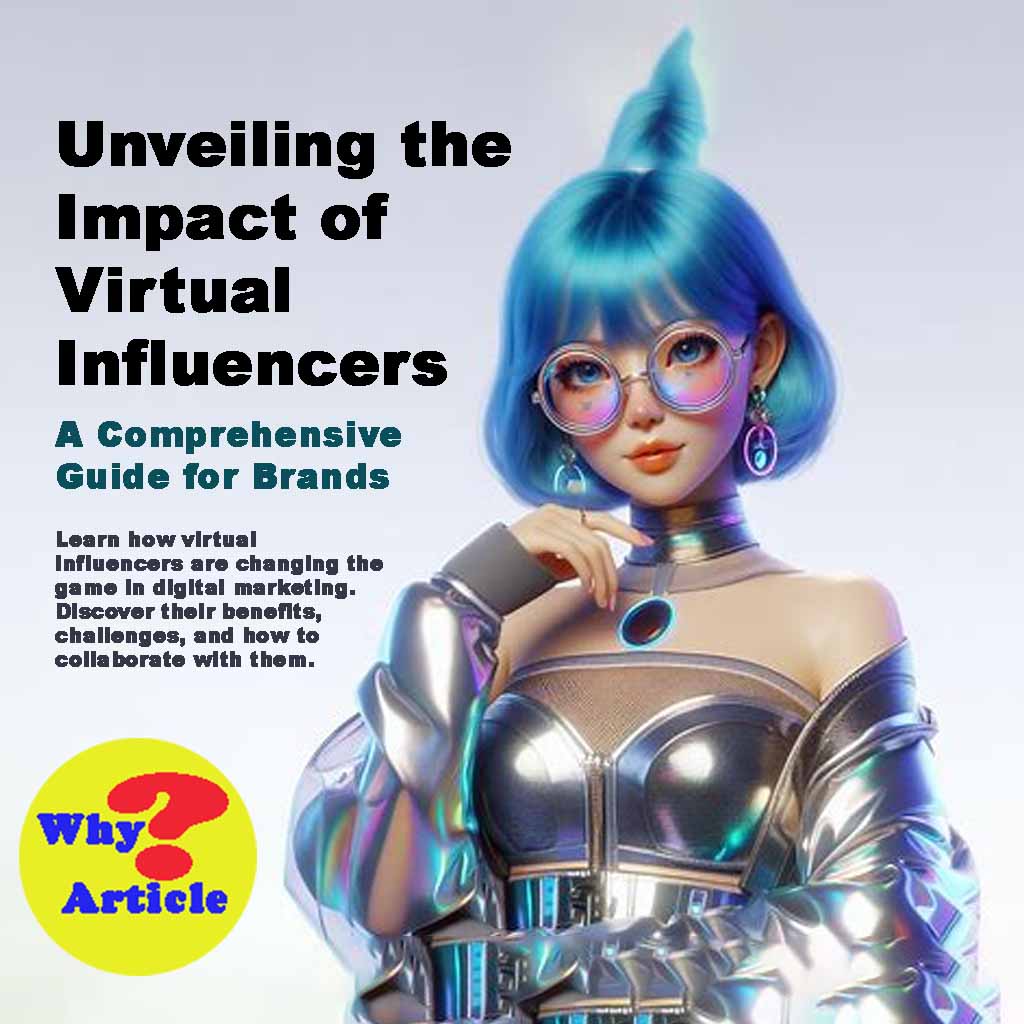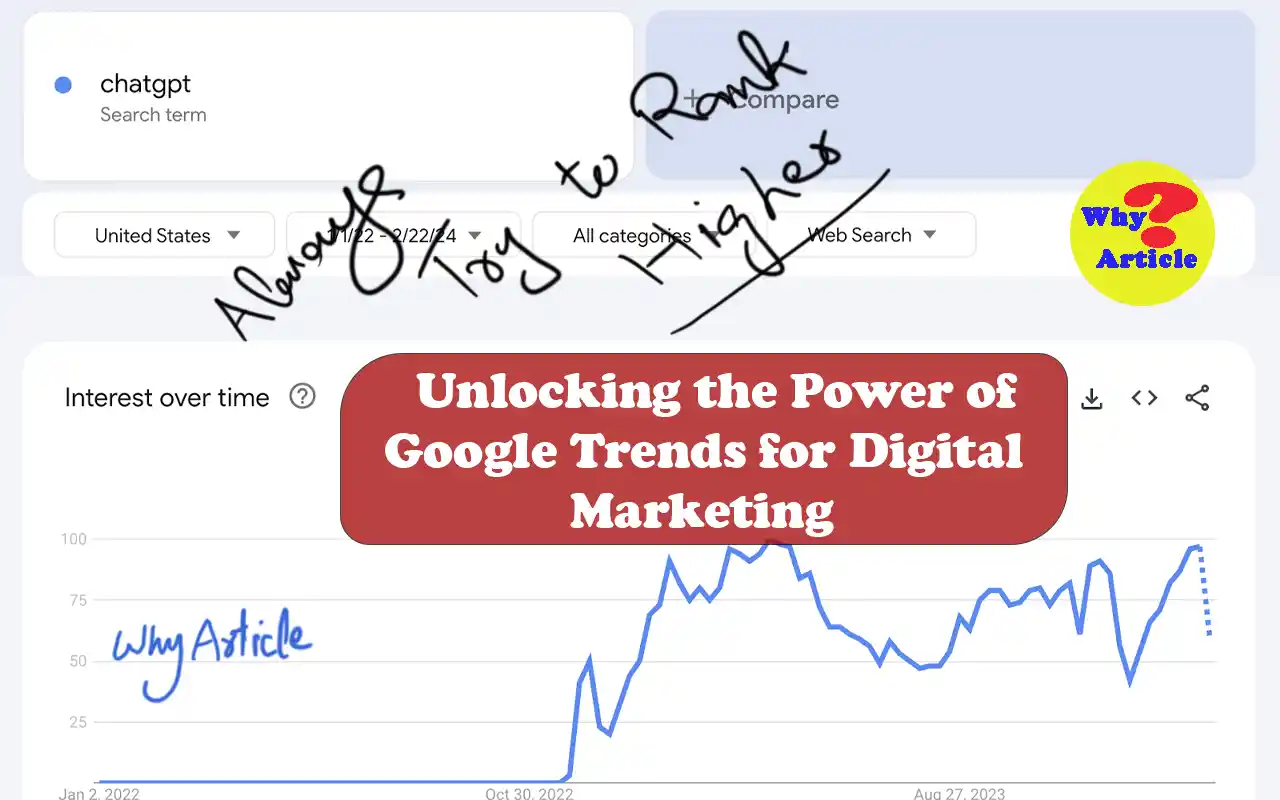Welcome to the exciting world of digital marketing! Virtual influencers are becoming a big deal and they’re changing the way brands connect with consumers.
In this guide, we’ll explore what virtual influencers are, why they matter for brands, how brands can work with them, the problems they might face, and what the future holds for this trend.
So, let’s dive in and learn all about virtual influencers!
Understanding Virtual Influencers
Virtual influencers are like digital celebrities who don’t actually exist in the real world. Instead, they are computer-generated personas created using advanced CGI technology.
These virtual influencers are carefully designed by teams of creators to connect with people on social media platforms.
They might have unique personalities and styles that appeal to different audiences.
Why Virtual Influencers Matter for Brands
Virtual influencers offer brands a fresh and innovative way to engage with their target audience. These digital beings can be customized to fit a brand’s image and values, making them excellent ambassadors for marketing campaigns.
Virtual influencers are also not bound by the limitations of real-life celebrities, such as availability and cost, and they can be more easily controlled and directed to promote a brand’s products or services.
By collaborating with virtual influencers, brands can tap into the popularity and influence of social media while building a unique and futuristic brand image.
Advantages for Brands
Being in Control
Brands have complete control over how virtual influencers look, act, and talk so they can be a perfect fit for the brand’s image and values.
Saving Money
Collaborating with virtual influencers is a cheaper alternative to working with real-life celebrities. There are no expenses for photoshoots or travel.
Creating Diverse Content
Virtual influencers can promote different products and create a variety of content, making it easier to engage with audiences.
Reaching a Global Audience
Virtual influencers have a universal appeal, so they can help brands reach people all around the world without being limited by nationality or cultural differences.
Staying Relevant
By using virtual influencers, brands can stay ahead of the latest trends and connect with tech-savvy audiences, keeping their brand up to date in the fast-changing digital world.
Collaborating with Virtual Influencers
Know Your Audience
It’s important to understand who your target customers are so you can choose a virtual influencer that they can relate to and connect with.
Tell a Compelling Story
By incorporating virtual influencers into your brand’s stories, you can make your brand more relatable and emotionally appealing to consumers, which will boost engagement.
Use Exciting Technology
Take advantage of augmented reality (AR) and virtual reality (VR) technology to create immersive experiences that showcase your products.
This can help increase brand visibility and attract more attention through virtual influencers.
Potential Difficulties and Controversies
Trust Issues
People might doubt the authenticity of virtual influencers since they don’t have real-life experiences.
This could make customers question the credibility of brands associated with them.
Unrealistic Beauty Standards
The flawless looks of virtual influencers can promote unrealistic beauty standards.
This might lead to negative body image issues among vulnerable individuals.
Virtual influencers are computer-generated characters designed to represent and promote products or services on social media platforms.
Virtual influencers offer authenticity, cost-effectiveness, versatility, global appeal, and the ability to stay abreast of trends, making them an attractive marketing asset.
Conclusion
In conclusion, virtual influencers have become an essential part of brand marketing strategies. They offer flexibility and innovation in the digital marketing world.
As technology continues to advance, virtual influencers will play a significant role in how brands connect with consumers and tell their stories.
However, there are potential concerns about trust and unrealistic beauty standards associated with virtual influencers.
Despite these challenges, the future of virtual influencers looks promising as they continue to disrupt the marketing landscape.





Your point of view caught my eye and was very interesting. Thanks. I have a question for you.
Thanks for sharing. I read many of your blog posts, cool, your blog is very good.
Thanks for sharing. I read many of your blog posts, cool, your blog is very good.